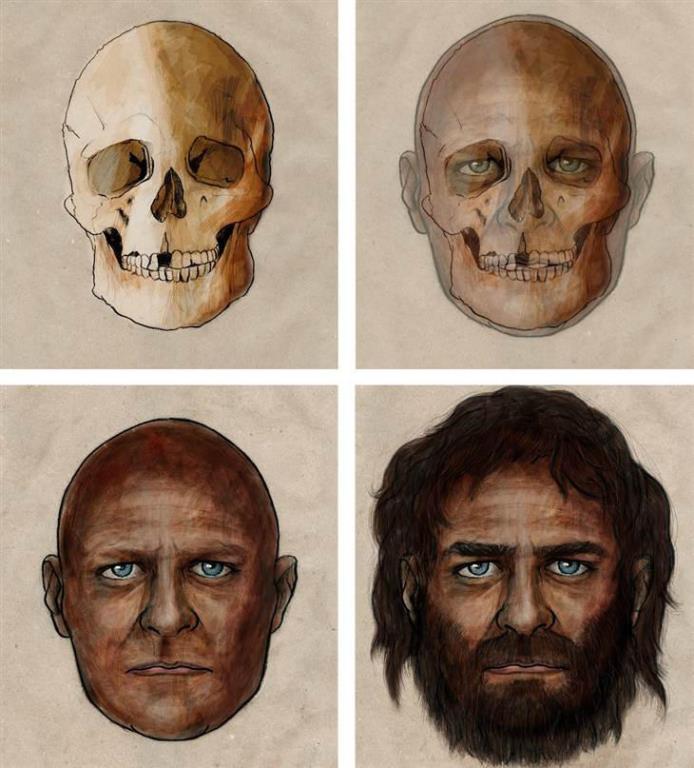January 27, 2014
LONDON: Debunking the theory that lighter skin gradually arose in Europeans nearly 40,000 years ago, new research has revealed that it evolved much recently — only 7,000 years ago.

What humans may have looked like 7,000 years ago
January 27, 2014
LONDON: Debunking the theory that lighter skin gradually arose in Europeans nearly 40,000 years ago, new research has revealed that it evolved much recently — only 7,000 years ago.

What humans may have looked like 7,000 years ago
An ancient male European hunter-gatherer, who lived in modern-day Spain only about 7,000 years ago, had dark skin and blue eyes, the researchers said.
"The findings also hint that light skin evolved not to adjust to the lower-light conditions in Europe as compared to Africa, but instead to the new diet that emerged after the agricultural revolution," said Carles Lalueza-Fox, a paleogenomics researcher at the Pompeu Fabra University in Spain.
"It was assumed that the lighter skin was something needed in high latitudes, to synthesize vitamin D in places where UV light is lower than found in the tropics," Lalueza-Fox was quoted as saying.
The new discovery, however, shows that latitude alone did not drive the evolution of Europeans' light skin, said the study published in the journal Nature.

The DNA of a hunter-gatherer who lived in Spain some 7,000 years ago suggests that Europeans were dark-skinned until much more recently than previously thought, researchers say
Analyzing two male skeletons found in a labyrinthine cave in the Cantabrian Mountains of Spain in 2006, researchers found the skeletons were about 7,000 years old.
The bodies were covered with red soil, characteristic of Paleolithic burial sites, Lalueza-Fox said.
Several years later, the team revisited the skeletons and extracted DNA from a molar tooth in one of them.
The DNA analysis shows the man had the gene mutation for blue eyes but not the European mutations for lighter skin.
The DNA also shows that the man was more closely related to modern-day northern Europeans than to southern Europeans.
Courtesy: IANS
















































































































